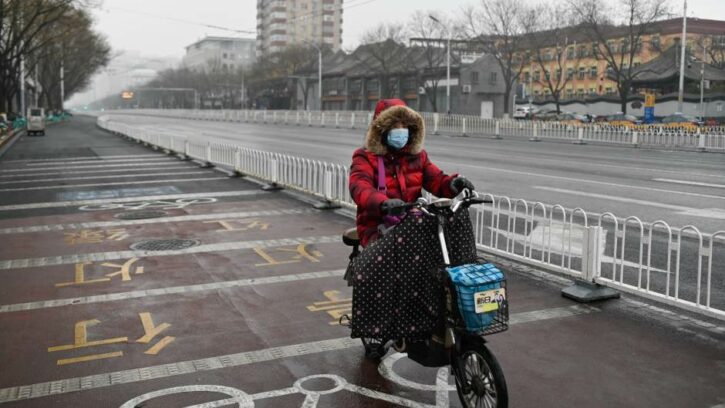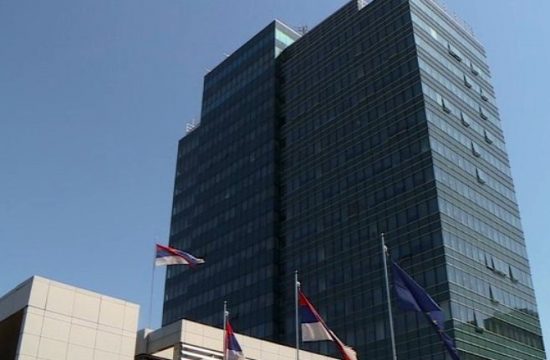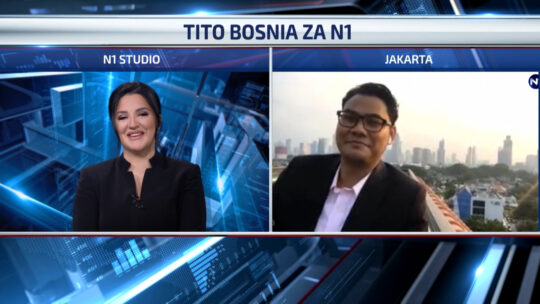
The economic fallout from the coronavirus pandemic could drive an additional 11 million people into poverty in East Asia and the Pacific unless "urgent action" is taken, the World Bank warned in a report released Monday.
In the worst-case scenario outlined by the Washington-based financial institution, the region could suffer its sharpest downturn in more than two decades, plunging much of Asia into a prolonged recession.
The bank's baseline forecast projects that regional growth could slow to 2.1% in 2020, compared to estimated growth of 5.8% in 2019. However, under its worse case projection, the region's economy could contract by 0.5%, creating the potential for an extended crisis.
In China, the epicentre of the coronavirus outbreak, the bank projected a decline in growth to 2.3% in the baseline forecast for 2020. In the worse case, China's growth would almost disappear entirely at 0.1%, down from 6.1% in 2019.
Such a reduction would have profound consequences for the global economy. The last time China experienced a shrinking economy was in 1976, when the death of Communist Party leader Mao Zedong ended more than a decade of social and economic tumult inside the country. Unlike then, however, China is now the world's second-largest economy and a primary engine of global growth, meaning that any disruption to its economy will be felt worldwide.
“Significant economic pain seems unavoidable in all countries,” said the report, warning that the entire Asia Pacific region should prepare for “a serious impact” on poverty and welfare, through illness, death, and lost incomes.
The report noted that although the estimates were projections, and could yet change, they served to underscore the scale of potential economic damage and the subsequent need for urgent action.
“All countries in the East Asia and Pacific region and beyond must recognize that, in addition to bold national actions, deeper international cooperation is the most effective vaccine against this virulent threat,” said the report.
In an attempt to mitigate against the economic shock, the World Bank has pledged to provide $14 billion in financial support to developing countries and deploy up to $160 billion over 15 months to protect the poor and vulnerable.
Economic pain in Asia Pacific
Fears of a region-wide recession have grown in recent weeks, as the virus continues to spread throughout much of Asia, resulting in widespread enforced lockdowns, with travel suspended, stores shuttered and factories closed.
The crisis in Asia-Pacific is particularly acute because the region had already spent months dealing with the negative economic effects of the US-China trade war. Economic growth in the region will “decline significantly in all scenarios,” said the report.
Indonesia, Papua New Guinea, and the Philippines will likely be harder hit, while Vietnam, Cambodia, Laos, Mongolia and Myanmar are the few countries expected to see growth — just at significantly lower levels than last year.
These countries will be especially impacted by a drop in tourism over the coming months; in countries like Malaysia or Thailand, tourism revenues make up more than 10% of GDP. International border closures and disruptions in aviation or shipping industries will also pose challenges for manufacturing exports.
Many of these countries already had weak or developing economies — meaning the shock of the coronavirus outbreak could leave millions trapped in dire poverty, defined as income of $5.50 a day or less.
According to the report, the economic fallout would see nearly 24 million fewer people across East Asia and the Pacific escape poverty in 2020 under a baseline scenario. While under the bank's lower case scenario, poverty is estimated to increase by about 11 million people.
The stark forecast contrasts sharply with the bank's previous projection prior to the outbreak, that estimated that nearly 35 million people would escape poverty in the region in 2020, including over 25 million in China alone.
The report projected that poverty rates could double in households that are particularly vulnerable, like those linked to manufacturing or tourism.
What needs to be done
The rate and ease of recovery in these places will depend on how quickly the pandemic can be contained, said the report.
That's why early containment and mitigation measures are key. The report pointed to Singapore and South Korea as examples of effectively containing the virus without severely damaging the economy, and credited their success to high levels of testing, tracking, and quarantine.
These countries learned from previous epidemics like the 2003 SARS outbreak, and invested in disease surveillance and response systems. The sooner other countries can follow suit, the sooner they can get through this and recover, the report said.
Governments will also need to implement a range of measures to soften the blow on their citizens, and prevent a rise in poverty as much as possible. These include subsidies for sick pay, liquidity injections to help small and medium enterprises stay in business, and school feeding or other support for students affected.
Finally, countries must work together and support each other in such dire times. This means keeping global trade open, sharing the supply of key medical products, or even eliminating tariffs on these medical products.
“All countries in the East Asia and Pacific region and beyond must recognize that, in addition to bold national actions, deeper international cooperation is the most effective vaccine against this virulent threat,” the report said.
CNN's Laura He contributed to this report.




